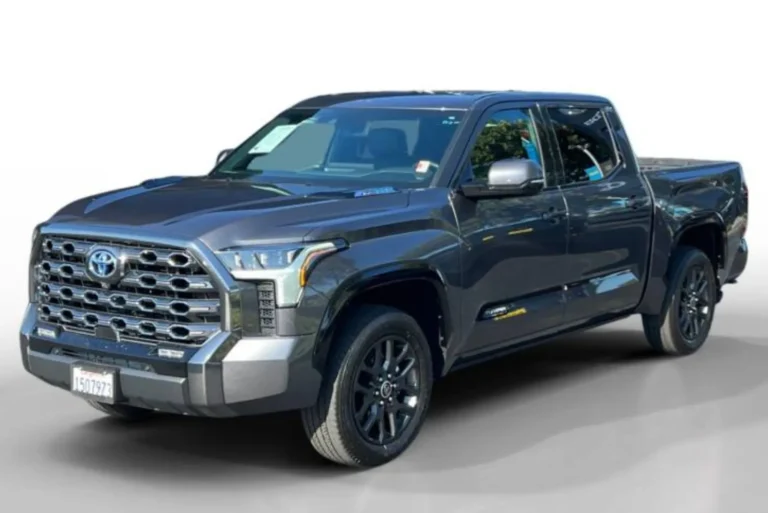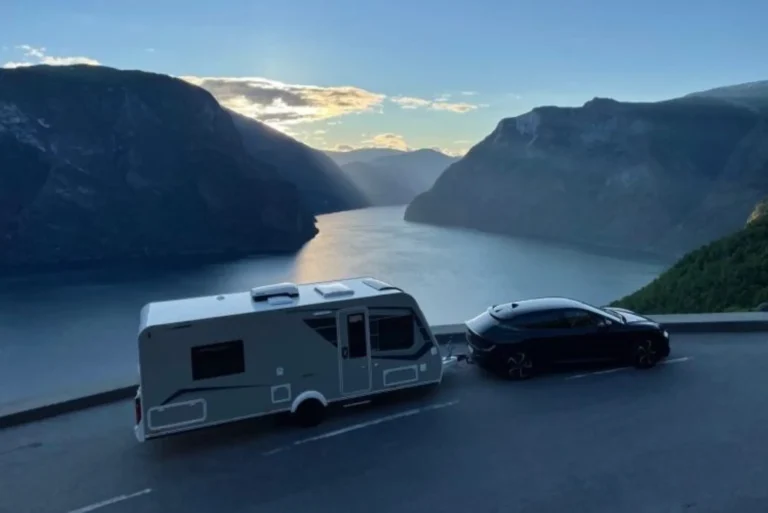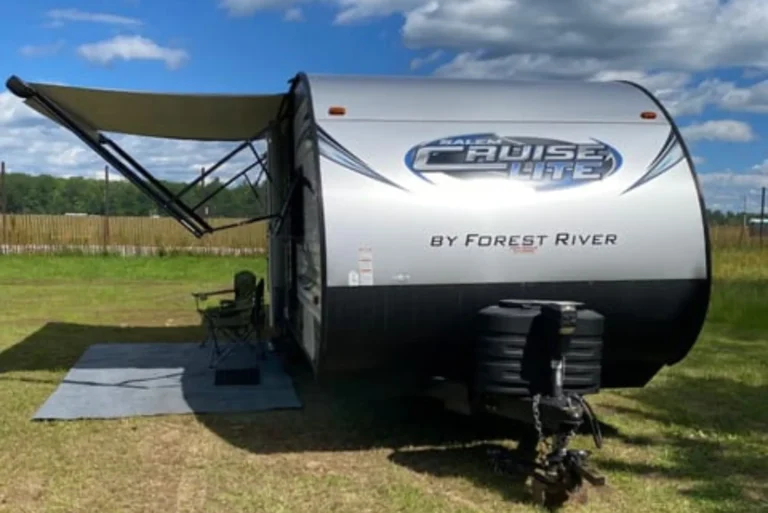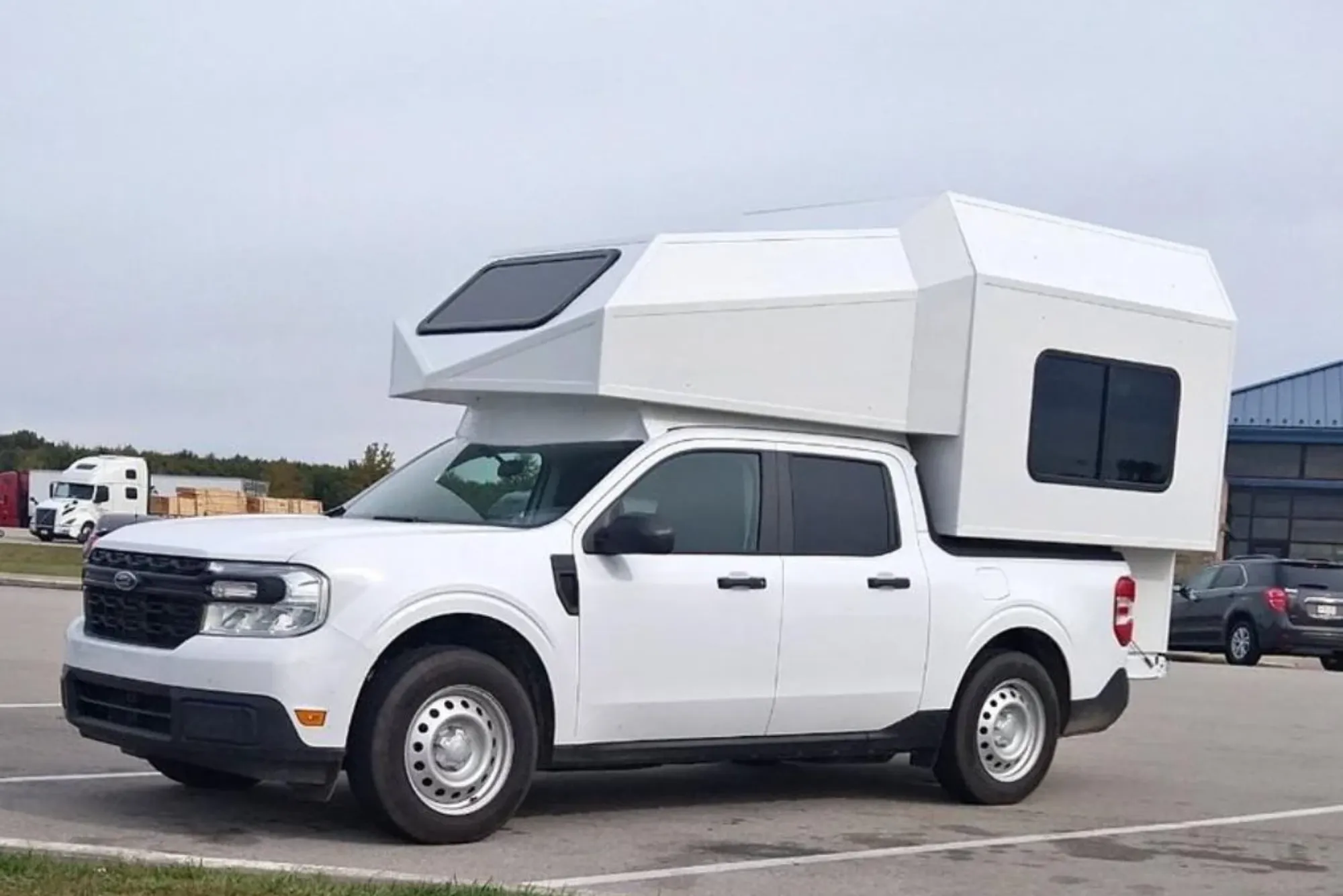The 2001 VW Eurovan Camper Van is a beloved vehicle for adventure lovers, offering a blend of comfort and practicality.
For optimal engine performance and smooth driving, understanding and performing a proper drive cycle is essential. A drive cycle refers to a specific series of driving conditions that are necessary to reset certain engine management systems, ensuring that the vehicle is running efficiently and within emissions standards.
This article provides a detailed guide to help you understand the drive cycle for your 2001 VW Eurovan Camper Van, ensuring its longevity and proper functioning.
What Is a Drive Cycle?
A drive cycle is a process during which a vehicle’s engine management system, including sensors and various components, is reset or recalibrated.
It typically involves driving under a variety of conditions for a specified period, which allows the car’s on-board diagnostic system to check and reset readiness monitors.
These monitors ensure that the vehicle is operating optimally and is ready for emissions testing. In the case of the 2001 VW Eurovan Camper Van, performing a proper drive cycle can help maintain engine performance, prevent issues with the check engine light, and keep your vehicle ready for inspections.
Components Involved in the Drive Cycle
Several components play a critical role in the drive cycle, including the engine control module (ECM), sensors, and the catalytic converter.
The ECM is responsible for controlling various aspects of the engine’s performance, from fuel mixture to ignition timing.
Key sensors, such as the oxygen sensor, coolant temperature sensor, and throttle position sensor, work together to ensure that the vehicle’s engine runs efficiently and that emissions remain within allowable levels.
The exhaust gas recirculation (EGR) valve is another crucial component, reducing nitrogen oxide emissions by recirculating a portion of the exhaust back into the engine.
A functional catalytic converter is vital in converting harmful gases into less harmful emissions, which is why the drive cycle ensures its proper operation.
How to Perform a Drive Cycle for the 2001 VW Eurovan Camper Van
Performing a drive cycle for your 2001 VW Eurovan Camper Van involves a series of steps designed to reset the vehicle’s on-board systems. The process should be done in the correct order to ensure the vehicle is fully calibrated.
Start by turning on the engine and allowing it to idle for a few minutes. This lets the engine reach its normal operating temperature, which is essential for many of the vehicle’s sensors to perform correctly.
Once the engine has reached the appropriate temperature, begin driving at low speeds in city-like conditions. This allows the ECM to monitor and adjust certain systems, including the fuel mixture and air-to-fuel ratio.
After driving at lower speeds for a few minutes, accelerate to highway speeds and maintain them for around five to ten minutes.
This step helps ensure that the vehicle’s systems are working together efficiently and that sensors like the oxygen sensor can report data back to the ECM.
During the drive cycle, you should vary your speed and engine load to simulate typical driving conditions. For example, after maintaining a constant highway speed, reduce your speed and allow the vehicle to coast.
This allows the ECM to check the idle and deceleration systems. Completing the drive cycle with a proper combination of city and highway driving conditions ensures that the vehicle is ready for any diagnostic checks and emissions testing.
Common Issues That Affect the Drive Cycle
Certain factors can interfere with a successful drive cycle, and understanding these common issues can help you troubleshoot problems more effectively.
One of the most common causes of incomplete drive cycles is faulty sensors or engine components. If a sensor, such as the oxygen sensor or coolant temperature sensor, is not functioning correctly, the drive cycle may not be completed as expected.
Additionally, using improper driving conditions or incorrect speeds can prevent the vehicle’s systems from fully resetting.
For example, if the vehicle is driven too slowly or too fast, it may not allow the ECM to complete all necessary tasks.
Another potential issue is poor fuel quality. Low-quality or contaminated fuel can affect engine performance, making it more difficult to complete the drive cycle.
In such cases, it is recommended to use high-quality, clean fuel to ensure that the cycle can be completed without any issues.
How to Know When the Drive Cycle is Complete
After performing the drive cycle, it’s important to verify that the vehicle is fully ready for diagnostic testing or emissions inspection.
The best way to check whether the drive cycle is complete is by using an OBD-II scanner. This tool can read the vehicle’s on-board diagnostic system and show you the status of readiness monitors.
These monitors indicate whether various components of the vehicle, such as the oxygen sensor, fuel system, and catalytic converter, are functioning properly.
If the readiness monitors indicate that the drive cycle is complete, then the system has successfully reset and is ready for inspection.
On the other hand, if the monitors show that the cycle is incomplete or failed, you may need to perform additional troubleshooting or seek professional assistance to resolve any underlying issues.
Why Perform a Drive Cycle?
There are several key reasons why performing a drive cycle is important for the 2001 VW Eurovan Camper Van. One of the main benefits is resetting the check engine light.
If the check engine light has been triggered by an issue that has since been resolved, performing a proper drive cycle can clear the error codes and turn off the light.
Another crucial reason to perform a drive cycle is for emissions testing. Many states require vehicles to pass an emissions test before they can be registered.
A completed drive cycle ensures that the vehicle meets the necessary emissions standards and is ready for testing.
Additionally, performing regular drive cycles can help improve fuel efficiency by ensuring that the engine is operating optimally.
If the drive cycle is not completed correctly, it can lead to inefficient fuel use and overall poor engine performance.
Troubleshooting Common Drive Cycle Problems
Sometimes, despite following the correct procedure, you may encounter issues completing the drive cycle. One of the most common problems is a persistent check engine light.
If the light remains on after performing the drive cycle, it may indicate that there is still an underlying issue with the vehicle’s systems. Using an OBD-II scanner to check for error codes can provide more insight into the problem.
Another common issue is failing to complete the cycle due to incorrect driving conditions or speeds.
If the cycle is not completed after a few attempts, it may be helpful to revisit the procedure and ensure that all steps are followed carefully.
If problems persist, it’s best to consult with a mechanic who can diagnose the issue and offer further guidance.
The drive cycle for the 2001 VW Eurovan Camper Van is an essential procedure to ensure that the vehicle’s engine and diagnostic systems are working properly.
By following the correct steps and troubleshooting common issues, you can keep your Eurovan in top condition, ready for emissions testing, and free from persistent check engine lights.
Regularly performing a drive cycle not only helps maintain engine performance but also contributes to fuel efficiency and overall vehicle longevity.
By understanding the components involved and the necessary steps for a successful cycle, you can enjoy many more miles of reliable service from your beloved camper van.














